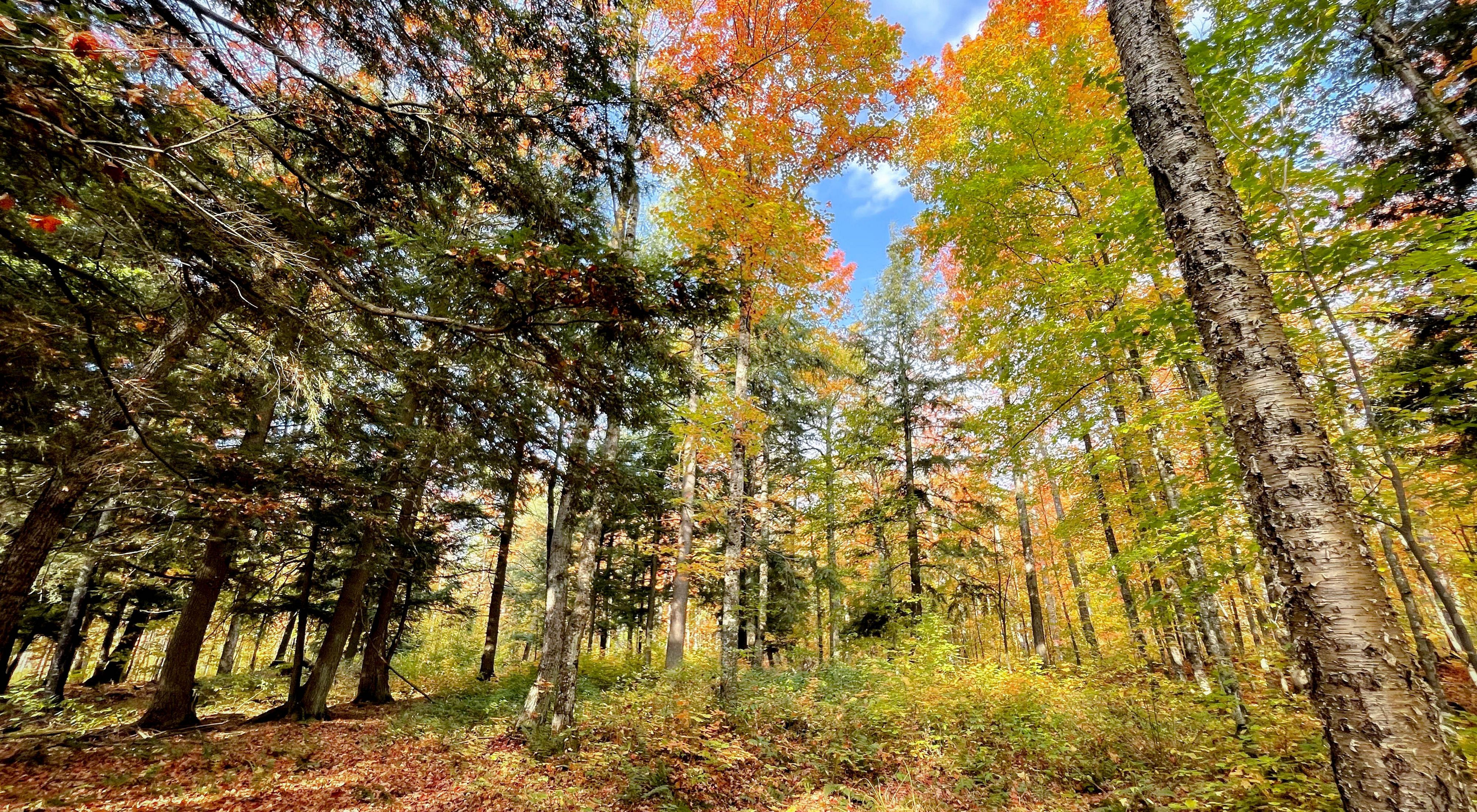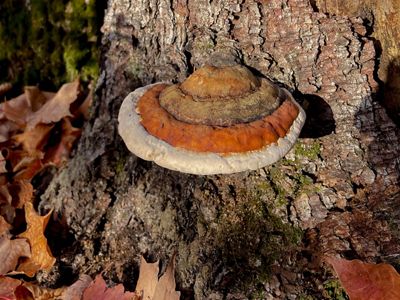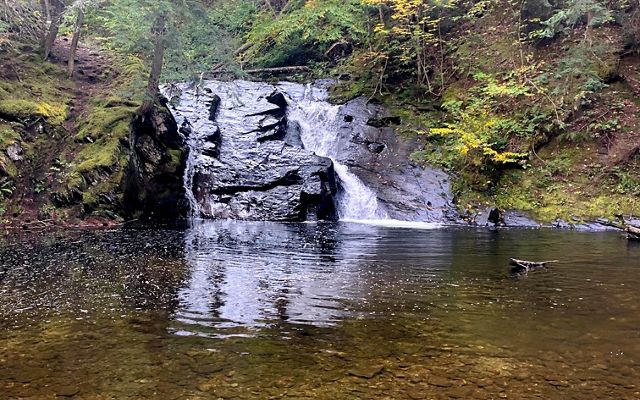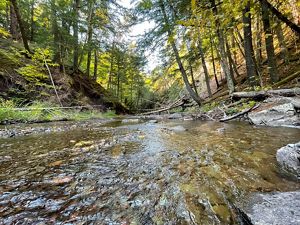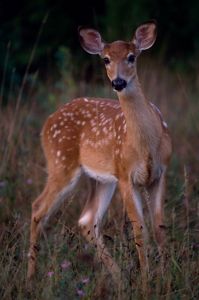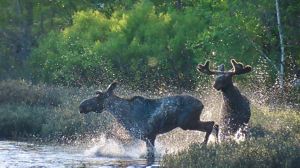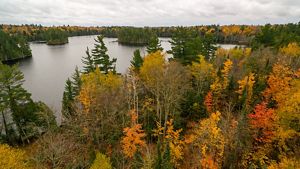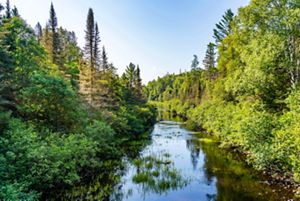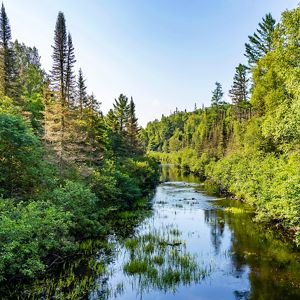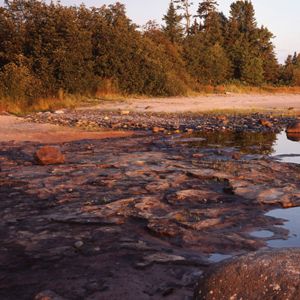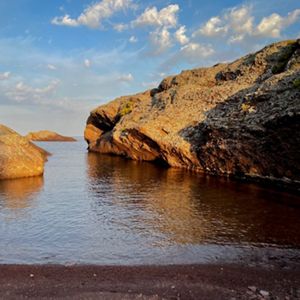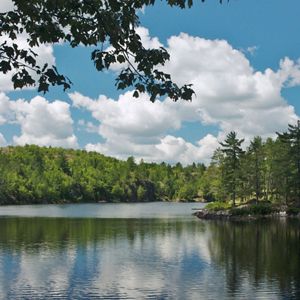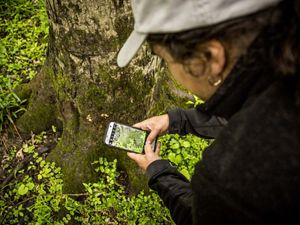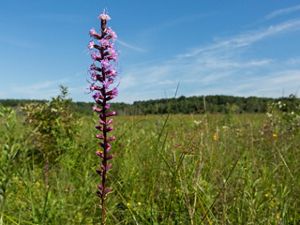Description
From towering hemlock trees to free-flowing rivers, the Slate River Forest is rich, diverse, and stunningly beautiful—the result of decades of care and thoughtful management. Owned by the same family for nearly 60 years, the magnificent forests that exist today are the direct result of three generations of careful stewardship; a legacy TNC is committed to honoring and continuing.
Our science has shown that this area is some of the most resilient land in Michigan, meaning it can sustain natural diversity in the face of a changing climate. Conserving these large areas of intact, mature forest lands are an important step toward a healthy, thriving future for Upper Peninsula forests and the communities that depend on them.
